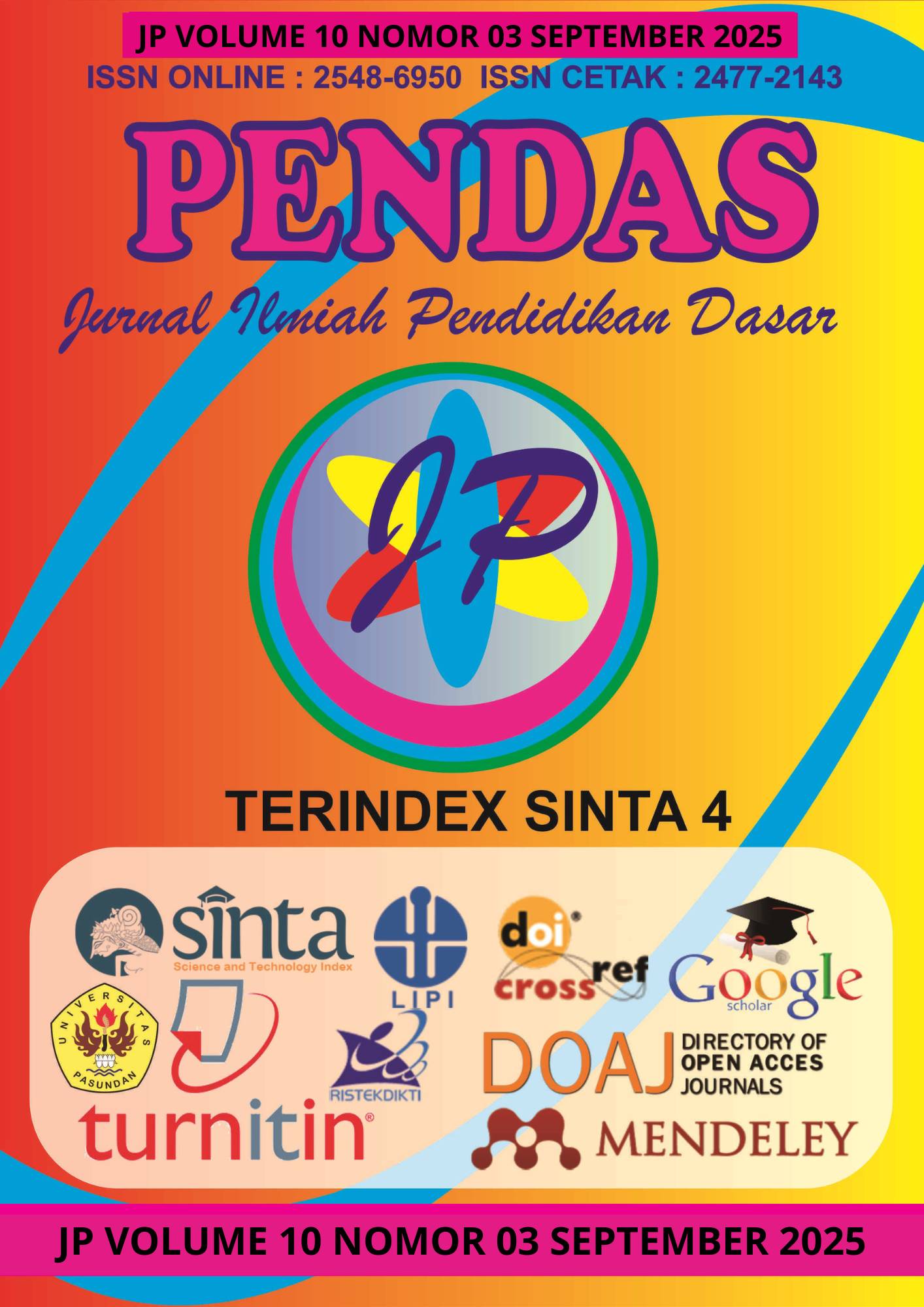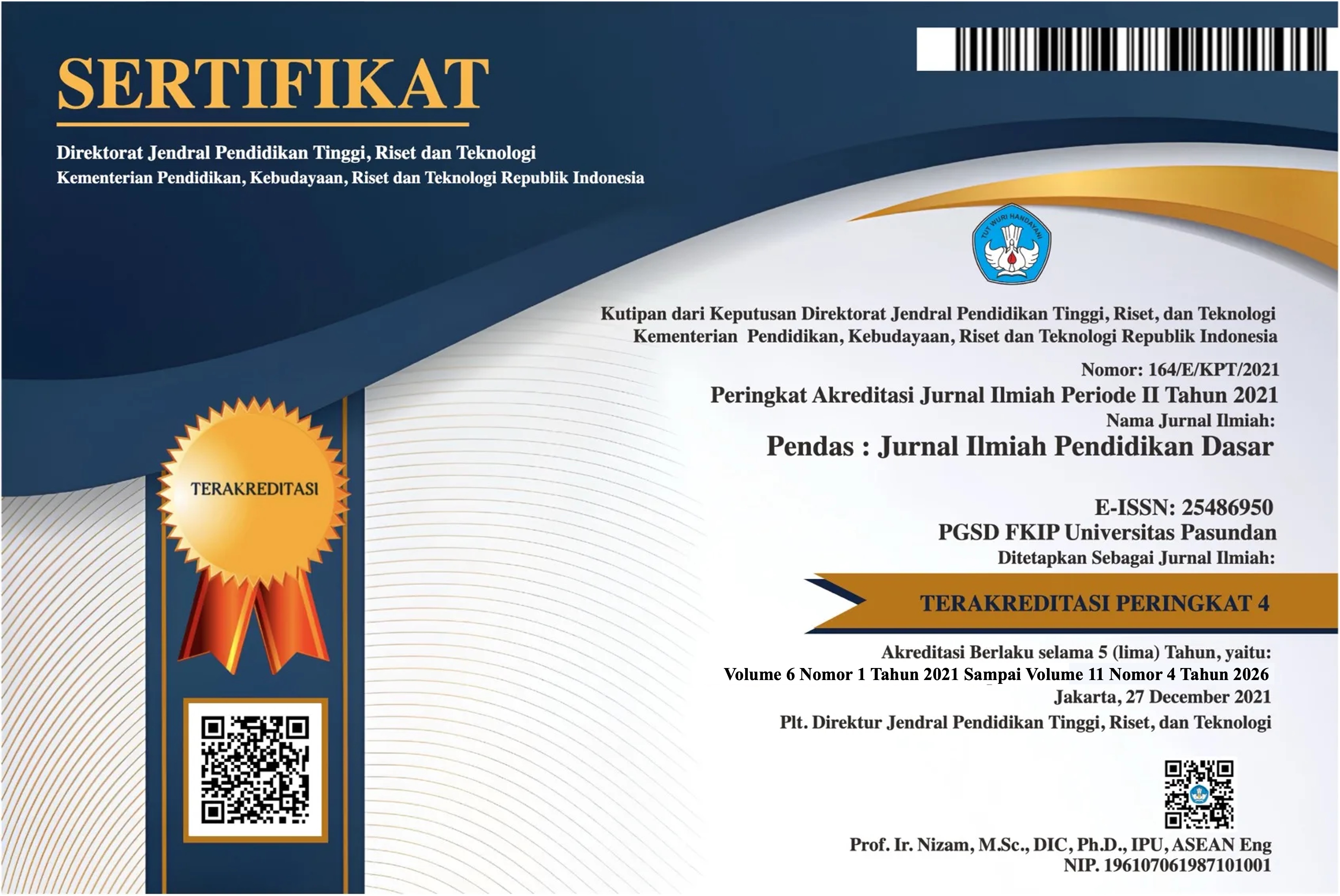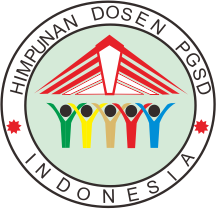Analisis Miskonsepsi dan Perbaikan Konsep Kesebangunan dan Kekongruenan pada Buku Matematika SMP dengan Metode Library Research (Studi Pustaka)
DOI:
https://doi.org/10.23969/jp.v10i03.33270Keywords:
Mathematics, Misconceptions, Similarity and CongruenceAbstract
Mathematics is an important part of education, from elementary school to college. Therefore, learning mathematics in elementary and middle school is very important for students, as it forms the basis for their academic development in the next level. One of the topics covered in the junior high school mathematics textbook is similarity and congruence, which are concepts related to the similarity of shapes and the comparison of sizes between two geometric figures. However, in practice, misconceptions are often found in the textbooks used. Misconceptions are understandings that are not in line with scientific definitions or do not correspond to the views agreed upon by mathematics experts. This study aims to: (1) identify misconceptions found in several junior high school mathematics textbooks on the material of similarity and congruence. (2) To identify corrections to misconceptions in mathematics textbooks by comparing the content of these textbooks with the correct definitions according to experts. (3) To identify corrections to these misconceptions by conducting proofs carried out by the author. The research method used is library research or literature study, which is carried out by identifying the research topic, formulating research questions, searching for literature, selecting literature, and finally analyzing the literature on junior high school mathematics textbooks on similarity and congruence. The results of the study revealed misconceptions about the meaning of congruence, leading to the correct and clear definition of congruence as two figures (geometric) that have the same shape, where corresponding angles are equal in size, and corresponding sides are equal or proportional in length, even though their sizes may differ.
Downloads
References
Aspuri, A. (2019). Kemampuan Koneksi Matematis Siswa SMP dalam Menyelesaikan Soal Cerita: Studi Kasus di SMP Negeri 3 Cibadak. JIPM (Jurnal Ilmiah Pendidikan Matematika), 7(2), 124. https://doi.org/10.25273/jipm.v7i2.3651.
Ashar, A., Rochaminah, S., & Sugita, G. (2016). Penerapan langkah-langkah teori Van Hiele untuk meningkatkan hasil belajar siswa pada materi hubungan garis dan sudut di kelas VII SMP Negeri Satu Atap LIK Layana Indah. Jurnal Elektronik Pendidikan Matematika Tadulako, 3(3), 293–302.
Amiroh, F., & Admoko, S. (2020). Tinjauan Terhadap Model-Model Pembelajaran Argumentasi Berbasis TAP Dalam Meningkatkan Keterampilan Argumentasi dan Pemahaman Konsep Fisika Dengan Metode Library Research. Jurnal Inovasi Pendidikan Fisika., 9(2), 207-2014.
Fadilah, R., & Bernard, M. (2021). KESEBANGUNAN. 4(4), 817–826. https://doi.org/10.22460/jpmi.v4i4.817-826.
Hamzah, E., T, A. Y., & Nursangaji, A. (2006). SOAL-SOAL PADA MATERI KESEBANGUNAN MENGGUNAKAN CERTAINTY OF RESPONSE INDEX. 2003, 1–9.
Islami, A. N., Rahmawati, N. K., & Kusuma, A. P. (2019). Analisis Kesulitan Siswa Dalam Menyelesaikan Soal Matematika Pada Materi Kekongruenan Dan Kesebangunan. Simposium Nasional Ilmiah, November, 158–170. https://doi.org/10.30998/simponi.v0i0.444.
Laila, F. M., Nasution, H. Q., Karolin, L., Barus, B., Fauzi, M. A., Matematika, P. P., Medan, U. N., & Pendahuluan, A. (n.d.). Analisis kesalahan mahasiswa dalam menyelesaikan soal kesebangunan dan kekongruenan di jurusan matematika universitas negeri medan. 10, 772–784.
Maulana, R., & Hakim, D. L. (2024). Analisis Kekeliruan Siswa dalam Memahami Kesebangunan dan Kekongruenan Dua Segitiga. Prosiding Sesiomadika, 5(2), 326–333. https://journal.unsika.ac.id/sesiomadika/article/view/10460.
Mei, N., Belajar, H., & Dan, K. (2023). SENTRI : Jurnal Riset Ilmiah. 2(5), 1858–1872.
Miskonsepsi, A., Menggunakan, S., Tier, T., Test, D., Open, B., & Question, E. (2021). Jurnal Pendidikan Matematika. 9(3), 276–291.
Paket, P., & Tahun, A. U. L. A. (2017). Di unduh dari : Bukupaket.com. 1–30.
Pratiwi, T. O., & Sari, R. M. M. (2025). Analisis Kesalahan Siswa Dan Strategi Dalam Memahami Kekongruenan Pada Pembelajaran Geometri Siswa Sekolah Menengah: Systematic Literature Review. JP2M (Jurnal Pendidikan Dan Pembelajaran Matematika), 11(1), 394–403. https://doi.org/10.29100/jp2m.v11i1.7026.
Putri, J. H., Diva, D. F., Dalimunthe, N. F., & Prasiska, M. (2024). Miskonsepsi dalam Pembelajaran Matematika : Sebuah Tinjauan Literatur terhadap Penelitian-Penelitian Terbaru. 4, 580–589.
Rohmahh, D. I., & Rosyidi, A. H. (2022). Analisis Kegagalan Siswa Sma Dalam Pemecahan Masalah Kontekstual Materi Kesebangunan. MATHEdunesa, 11(3), 765–778. https://doi.org/10.26740/mathedunesa.v11n3.p765-778.
Roudotul, H. (2014). … Ajar Berbasis Pendekatan Matematika Realistik Untuk Meningkatkan Kemampuan Penalaran Matematik Pada Materi Kesebangunan Dan Kekongruenan (Penelitian …. Repository.Uinjkt.Ac.Id. https://repository.uinjkt.ac.id/dspace/handle/123456789/24914%0Ahttps://repository.uinjkt.ac.id/dspace/bitstream/123456789/24914/1/Roudotul Hasanah.pdf
Susanto, D., Sihombing, S., Radjawane, M. M., Wardani, A. K., Kurniawan, T., Candra, Y., & Mulyani, S. (2022). Matematika 2022 SMP/MTs Kelas VII.
Suwaji, U. T., & Suryopurnomo, S. (2009). Kapita Selekta Pembelajaran Geometri Ruang di SMP. Pusat Pengembangan Dan Pemberdayaan Pendidik Dan Tenaga Kependidikan (PPPPTK) Matematika, 63.
Team, E. (2021). Pusat kurikulum dan perbukuan.
Downloads
Published
Issue
Section
License
Copyright (c) 2025 Pendas : Jurnal Ilmiah Pendidikan Dasar

This work is licensed under a Creative Commons Attribution 4.0 International License.



















